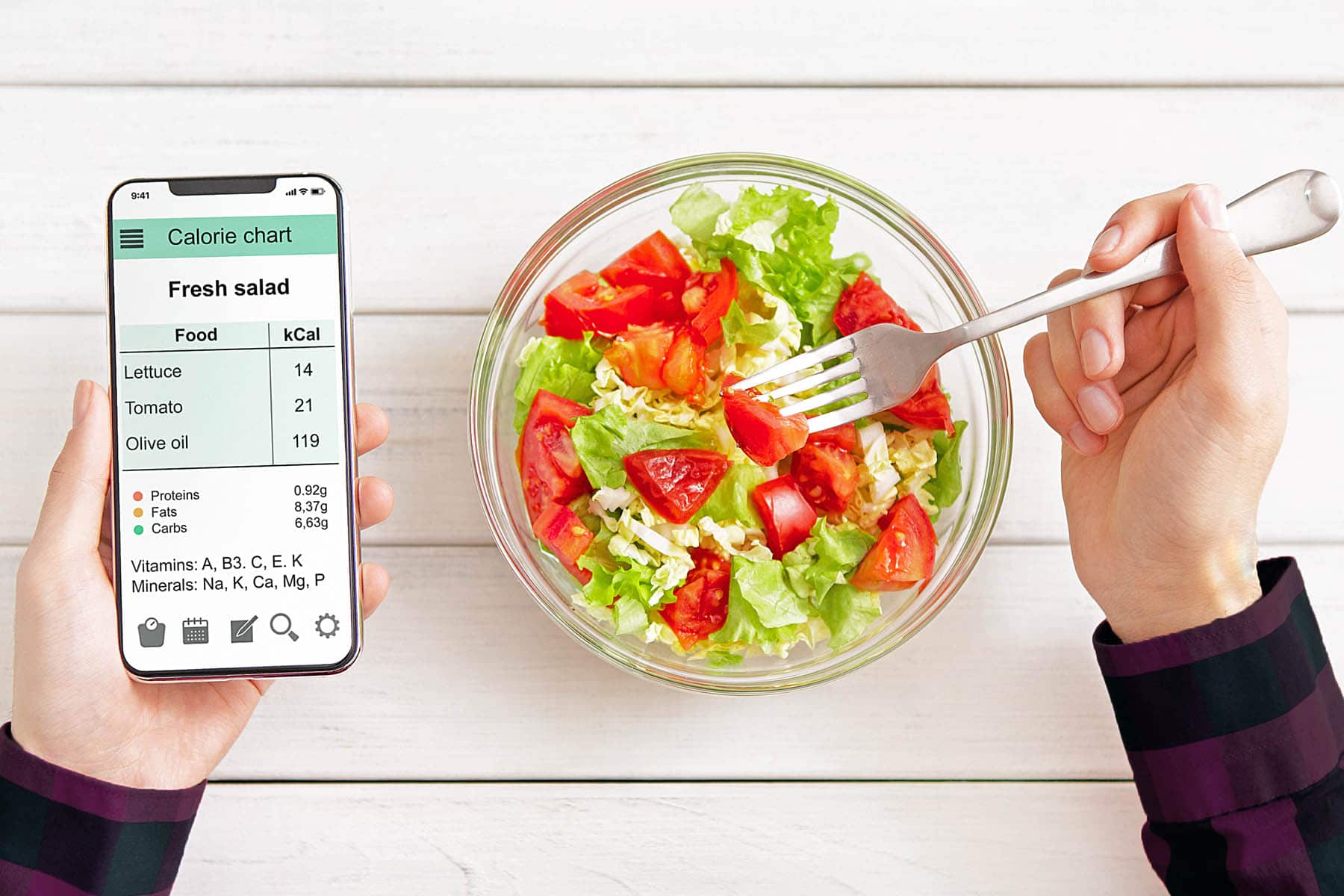
What Are Macronutrients and How Do You Count Them?
PART II – Calculating Your Daily Caloric Needs
Calculating your unique macronutrient intake can be a challenging thing if you are not
familiar with what to do and how to do it. It can be confusing, and it requires doing some math
which a lot of people seem to dislike. But, don’t worry! I am going to walk you through it.
The first step in counting your macronutrients is to find out how many calories you need
to be consuming each day based on your activity level. Take a moment and write down your age,
weight, and height.
Convert your weight in lbs to kgs by dividing your weight in lbs by 2.2kg/lb.
For example,
162lbs / 2.2kg/lb = 73.64kg
Weight in kg is 73.64kg.
Convert your height in ft/in to inches by multiplying ft by 12in/ft and adding the additional
inches to it.
For example (person is 5’9”),
5ft x 12in/ft = 60in
60in + 9in = 69in.
Height in inches is 69in.
After you have converted your height to inches you need to convert it to cm by multiplying your
height in inches by 2.54cm/in.
For example (person is 5’9” or 69in),
69in x 2.54cm/in = 175.26cm.
Height in cm is 175.26cm.
You can also use a conversion calculator on the internet to do these conversions, but I thought
you might want to know how to do it yourself.
Anyways, these factors are going to be used in calculating your calories at rest via
plugging them into the Mifflin St. Jeor equation (1990). Using this equation will yield your
resting metabolic rate (RMR) which is the number of calories your body burns at rest.
If you are a male, you will use this equation:
(10 x weight in kg) + (6.25 x height in cm) – (5 x age) + 5
For example (male, weight = 73.46kg, height = 175.26cm, age = 27),
(10 x 73.46kg) + (6.25 x 175.26cm) – (5 x 27) + 5
(734.6) + (1,095.4) – (135) + 5
RMR = 1,700.
If you are a female, you will use this equation:
(10 x weight in kg) + (6.25 x height in cm) – (5 x age) – 161
For example (female, weight = 73.46kg, height = 175.26cm, age = 27)
(10 x 73.46kg) + (6.25 x 175.26cm) – (5 x 27) – 161
(734.6) + (1,095.4) – (135) – 161
RMR = 1,534
Now that you have your RMR, the second step to getting your daily caloric needs value is to
factor in your activity level. To do that, multiply your RMR by your activity level based on the
values listed below.
Sedentary – 1.2
Lightly Active – 1.375
Moderately Active – 1.55
Very Active – 1.725
For example (male, RMR=1,700, very active),
1,700 x 1.725 = 2,933kcals/day
Calories needed per day = 2,933kcals/day.
For example (female, RMR=1,534, moderately active),
1,534 x 1.55 = 2,378kcals/day.
Calories needed per day = 2,378kcals/day.
I know, I know…. I still have yet to fully expose how to count your exact macronutrients,
but I want you to take the next few weeks before part III comes out to try to consume the number
of calories you just calculated for yourself EACH DAY. Once you start to get good at that, then
we can fine tune your macronutrients to your desired values based on your specific goals.
Allyssa Catalano has been with Olympia Fitness + Performance in Cranston, RI since
August of 2019. She is a recent graduate of Edinboro University of Pennsylvania with a B.S. in
Health & Human Performance. She has a passion for fitness, as well as nutrition guidance and
wants to help people achieve their specific and unique goals.

